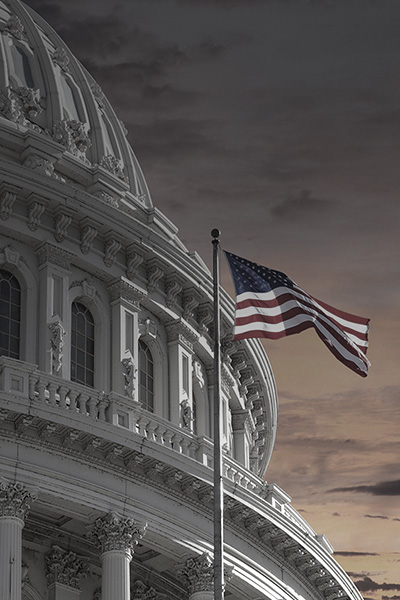United States Agency for International Development
helping deliver people and nations the water they need to be healthy, prosperous, and resilient
The United States Agency for International Development (USAID) plays a critical role in advancing U.S. foreign policy objectives by providing aid and support to countries around the world. Effective communication is essential for USAID to convey its mission, highlight its impact, and maintain transparency with stakeholders. This project focused on enhancing USAID’s communication materials to ensure they are clear, informative, and engaging for diverse audiences.
The project focused on three key areas:
- Clarity: Presenting complex information about USAID’s programs and initiatives in a clear and concise manner that is easily understood by a wide range of audiences.
- Accessibility: Ensuring that communication materials are accessible to individuals with diverse needs and abilities, including those with visual impairments or limited English proficiency.
- Engagement: Creating visually compelling and informative materials that capture audience interest and effectively communicate the impact of USAID’s work.
By addressing these areas, the project aimed to strengthen USAID’s communication efforts and enhance its ability to connect with stakeholders, build support for its programs, and demonstrate the positive impact of U.S. foreign assistance.
*Disclaimer: All the work completed for this client was as Art Director of Six Half Dozen Design Studio, working with editors and publisher to design Global Waters while maintaining USAID’s strict Brand Guidelines.
Key Engagements

Solution
To achieve these objectives, the project involved a comprehensive redesign of USAID’s communication materials, including:
- Low-fidelity wireframing: Creating initial sketches and prototypes to establish the structure and layout of various communication materials.
- High-fidelity mockups: Developing detailed visual representations of the final designs, incorporating branding elements, imagery, and typography.
- Infographics: Transforming complex data and information into visually engaging infographics that are easy to understand and share.
- Print design: Creating print materials, such as brochures and reports, that are visually appealing and effectively convey key messages.
- Publication layout: Designing the layout and visual presentation of publications, such as annual reports, to ensure they are informative and engaging.
Results
While specific metrics would be needed for a comprehensive evaluation, a successful project would likely result in:
- Improved comprehension: Stakeholders demonstrating a better understanding of USAID’s mission, programs, and impact.
- Increased engagement: Higher levels of interest and interaction with USAID’s communication materials.
- Enhanced credibility: Strengthening USAID’s reputation as a transparent and effective agency.
- Broader reach: Reaching a wider audience with accessible and engaging communication materials.
By improving the clarity, accessibility, and engagement of its communication materials, USAID can more effectively convey its message, demonstrate its impact, and build support for its critical work around the globe.














